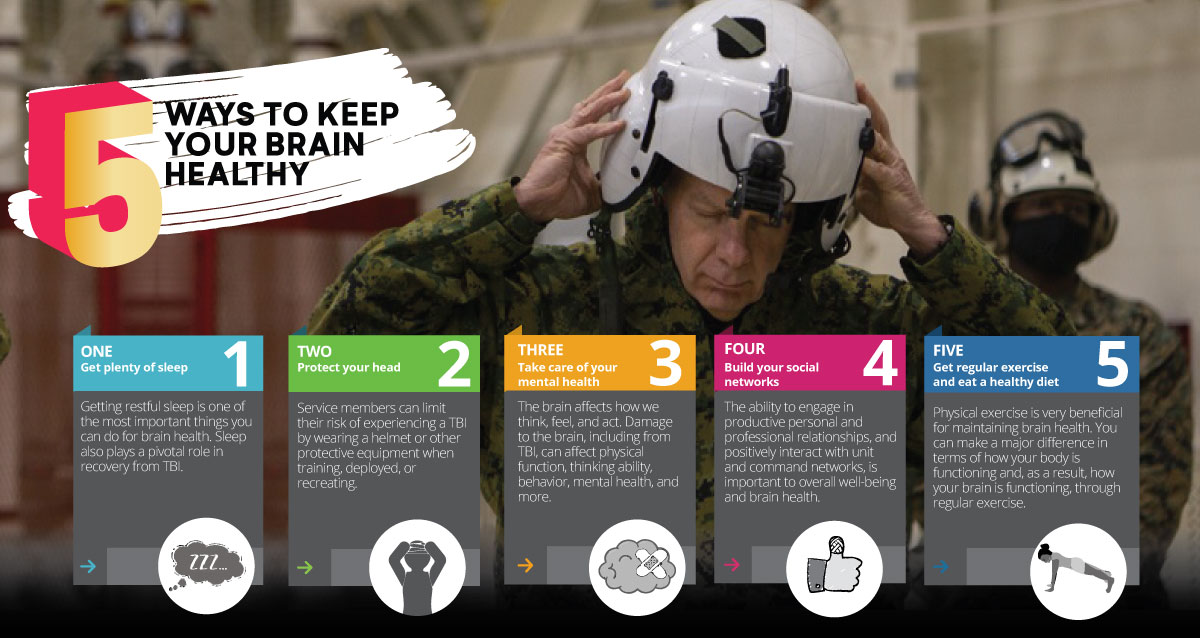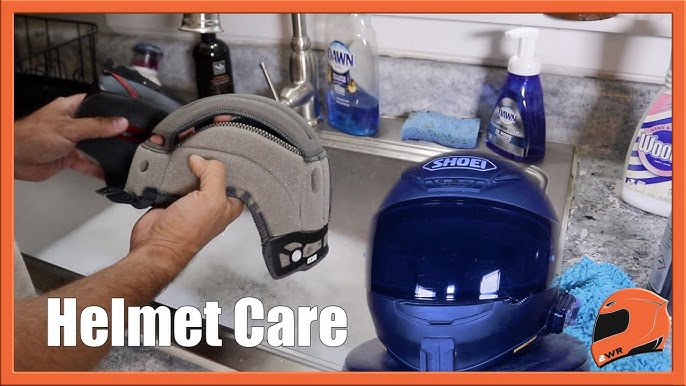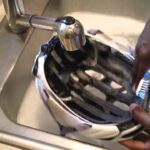To care for and maintain your helmet, clean it regularly and store it in a cool, dry place. Inspect it for damage frequently.
Helmets are essential for safety, whether you ride a motorcycle, bicycle, or participate in sports. Proper maintenance ensures your helmet remains effective and extends its lifespan. Regular cleaning removes dirt, sweat, and grime, preventing deterioration. Use mild soap and water for the exterior and a soft cloth for the interior padding.
Avoid harsh chemicals that could damage the materials. Always let your helmet air dry, avoiding direct sunlight or heat sources. Regular inspections help identify cracks, dents, or other damage that can compromise safety. Store your helmet in a cool, dry place to prevent mold and material degradation. Proper care keeps your helmet in top condition, ensuring maximum protection.
Choosing The Right Helmet
Choosing the right helmet is crucial for safety and comfort. A good helmet protects your head during an accident. It also needs to fit well and feel comfortable. Let’s explore how to choose the best helmet for you.
Material Matters
Helmets come in different materials. Common options include polycarbonate, fiberglass, and carbon fiber. Each material has its benefits.
- Polycarbonate: This is a plastic material. It is light and affordable.
- Fiberglass: This material offers better protection. It is also more expensive than polycarbonate.
- Carbon Fiber: This is the best material. It is very strong and very light. It is also the most costly.
Choose a helmet material based on your needs and budget. Remember, a good helmet can save your life.
Size And Fit
Choosing the correct size is very important. A helmet should fit snugly.
| Head Size (cm) | Helmet Size |
|---|---|
| 52-54 | XS |
| 55-56 | S |
| 57-58 | M |
| 59-60 | L |
| 61-62 | XL |
Use a measuring tape to measure your head. Place the tape just above your eyebrows. Match your measurement to the size chart above.
Try on the helmet before buying it. Make sure it feels comfortable. The helmet should not move when you shake your head. It should also not be too tight or too loose.
Choosing the right helmet ensures safety and comfort. Don’t compromise on quality and fit.
Cleaning Your Helmet
Cleaning your helmet is essential for safety and hygiene. A clean helmet lasts longer and performs better. Proper cleaning involves both the interior and exterior parts. Let’s dive into how you can keep your helmet spotless.
Interior Cleaning
The inside of your helmet can get sweaty and dirty. Regular cleaning keeps it fresh and bacteria-free. Follow these steps:
- Remove the padding and liners. Most helmets have detachable interiors.
- Soak the padding in warm, soapy water. Use a mild detergent.
- Gently scrub the padding with a soft brush. Rinse thoroughly.
- Let the padding air dry. Avoid direct sunlight to prevent damage.
- Wipe the inner shell with a damp cloth. Use a mild cleaner if needed.
Exterior Cleaning
The exterior of your helmet faces dust, grime, and bugs. Keep it clean for better visibility and aesthetics. Here’s how:
- Use a microfiber cloth to remove loose dirt.
- Mix mild soap with water. Dip another cloth into the solution.
- Wipe the helmet’s exterior gently. Avoid harsh scrubbing.
- Rinse the cloth in clean water. Wipe off any soap residue.
- Dry the helmet with a soft, clean cloth. Ensure no water spots remain.
Avoid using strong chemicals or abrasive materials on your helmet. They can damage the shell and compromise safety.
| Task | Materials Needed |
|---|---|
| Remove Padding | Hands |
| Soak Padding | Warm Water, Mild Detergent |
| Scrub Padding | Soft Brush |
| Wipe Inner Shell | Damp Cloth |
| Clean Exterior | Microfiber Cloth, Mild Soap Solution |
| Dry Helmet | Soft, Clean Cloth |
Dealing With Odor
Helmets can start to smell bad over time. Sweat, dirt, and bacteria cause these odors. Regular cleaning helps keep your helmet fresh.
Odor Prevention
Preventing odor is easier than removing it. Follow these steps to keep your helmet smelling fresh.
- Wear a Sweat Cap: A sweat cap absorbs moisture. It keeps sweat from soaking your helmet.
- Air Out Your Helmet: After use, let your helmet air out. Place it in a cool, dry spot.
- Regular Cleaning: Clean the inside of your helmet weekly. Use mild soap and water.
- Use Helmet Liners: Replaceable liners help manage sweat and odor. Change them regularly.
Odor Removal
If your helmet already smells bad, don’t worry. You can remove the odor with these steps.
- Deep Clean: Remove any liners or pads. Wash them with mild soap and water.
- Use Baking Soda: Sprinkle baking soda inside your helmet. Let it sit overnight. Shake out the excess the next day.
- Vinegar Solution: Mix one part vinegar with two parts water. Spray inside the helmet. Let it air dry.
- Charcoal Deodorizer: Place a charcoal deodorizer inside your helmet. It absorbs bad smells.
Keep your helmet clean to ensure it lasts longer. Clean helmets also smell better and feel comfortable.

Credit: health.mil
Inspecting For Damage
Regularly inspecting your helmet is crucial for safety. Damage can compromise protection. This section will guide you on what to check.
Check For Cracks
Examine the helmet’s exterior. Look for visible cracks or dents. These signs indicate structural damage. Even small cracks can be dangerous. Use a flashlight to inspect hard-to-see areas.
Run your fingers over the surface. Feel for any rough or uneven spots. A smooth helmet is a safe helmet.
Padding Wear
The helmet’s interior padding is vital for comfort and protection. Inspect the padding for wear and tear. Look for fraying or thinning material.
If the padding is loose, replace it. Good padding ensures a proper fit. Check the manufacturer’s guidelines for replacement parts.
| Inspection Point | What to Look For |
|---|---|
| Exterior Surface | Cracks, dents, and rough spots |
| Padding | Wear, fraying, and loose parts |
Maintaining your helmet ensures long-lasting safety. Regular checks keep you protected.
Storing Your Helmet
Caring for your helmet is essential for its longevity. Proper storage ensures your helmet stays in top condition. Let’s explore some tips for storing your helmet.
Proper Storage
Store your helmet in a cool, dry place. Avoid direct sunlight. Sunlight can degrade the helmet’s material. Use a helmet bag for extra protection. The bag keeps dust and dirt away.
Hang your helmet on a dedicated hook. Ensure the hook is padded. This prevents scratches and dents. Avoid placing heavy items on your helmet. This can deform its shape.
Travel Tips
Traveling with your helmet requires care. Use a sturdy helmet case. The case provides shock absorption. Pack the helmet securely in your luggage. Surround it with soft clothing. This adds extra cushioning.
If you’re flying, carry your helmet as hand luggage. This ensures it stays safe. Avoid checking it in with your main baggage. Baggage handlers may not be gentle.
| Storage Tips | Details |
|---|---|
| Cool, dry place | Avoid sunlight to prevent material degradation |
| Helmet bag | Protects from dust and dirt |
| Padded hook | Prevents scratches and dents |
| Avoid heavy items | Prevents shape deformation |

Credit: www.motostorm.it
Replacing Helmet Parts
Proper helmet care ensures safety and longevity. Replacing helmet parts is crucial for maintaining optimal performance. Here’s a guide on replacing specific parts.
Visors And Shields
Visors and shields protect your eyes from debris and sunlight. Over time, they can become scratched or damaged.
- Inspect the visor regularly for scratches.
- Replace it if vision is impaired.
- Use a soft cloth and mild soap to clean.
- Avoid abrasive cleaners that can cause damage.
Purchase visors from the helmet’s manufacturer for a perfect fit. Follow the manufacturer’s instructions for installation.
Straps And Liners
Straps and liners ensure the helmet fits snugly. Worn-out straps can compromise safety.
- Check the straps for fraying or wear.
- Replace them if they look worn out.
- Ensure the replacement straps are secure.
- Regularly wash liners to remove sweat and dirt.
Replace liners if they lose their cushioning. Clean straps and liners with mild detergent.
Maintaining your helmet by replacing parts will keep you safe. Regular checks and cleaning are essential.
Helmet Safety Standards
Helmet safety standards ensure your helmet offers the best protection. They help you understand if your helmet meets necessary safety guidelines. Knowing these standards can save lives. This section will explain how to understand ratings and perform compliance checks.
Understanding Ratings
Helmet safety ratings are crucial for your protection. Various organizations provide these ratings:
- DOT: Department of Transportation (USA)
- ECE: Economic Commission for Europe (Europe)
- Snell: Snell Memorial Foundation (International)
Each rating has its own criteria. DOT focuses on impact resistance and penetration. ECE tests for impact, abrasion, and visibility. Snell standards are often the most stringent, including multiple impact tests.
Compliance Checks
To ensure your helmet meets safety standards, follow these steps:
- Check the label inside the helmet.
- Look for certification marks like DOT, ECE, or Snell.
- Verify the production date; helmets older than five years may not be safe.
Regular inspections are important. Check for cracks, loose padding, and worn straps. Replace your helmet if it shows significant wear or damage.
| Standard | Region | Key Tests |
|---|---|---|
| DOT | USA | Impact, Penetration |
| ECE | Europe | Impact, Abrasion, Visibility |
| Snell | International | Multiple Impact Tests |
Understanding and checking these standards ensures your helmet provides maximum safety. Always choose a helmet with recognized safety ratings.
Helmet Maintenance Tools
Proper helmet maintenance extends its lifespan and ensures safety. Having the right tools for helmet maintenance is crucial. This section covers essential tools and DIY maintenance kits.
Essential Tools
Maintaining your helmet requires some essential tools. These tools help keep your helmet clean and functional.
- Microfiber Cloth: Gentle on your helmet’s surface.
- Helmet Cleaner: Specially formulated to remove dirt.
- Soft Brush: Helps reach tight spots.
- Visor Cleaner: Keeps your visor clear and scratch-free.
- Anti-fog Spray: Prevents fogging in cold weather.
Diy Maintenance Kits
DIY maintenance kits offer convenience. They contain everything needed for basic helmet care.
| Item | Purpose |
|---|---|
| Multi-purpose Cleaner | Used for overall cleaning. |
| Microfiber Cloth | For wiping surfaces. |
| Vent Brush | Cleans helmet vents. |
| Helmet Bag | Protects helmet when not in use. |
These DIY maintenance kits are available online and in stores. They save time and ensure your helmet stays in top condition.

Credit: www.instagram.com
Frequently Asked Questions
How Often Should I Clean My Helmet?
Clean your helmet regularly, ideally after every few rides. This helps remove sweat, dirt, and grime. Use mild soap and water.
Can I Wash My Helmet In A Washing Machine?
No, avoid using a washing machine. Hand wash the removable padding and liner with mild soap and water.
How Do I Remove Odors From My Helmet?
To remove odors, use a helmet deodorizer spray. Let it air out in a well-ventilated area.
What Cleaning Products Are Safe For Helmets?
Use mild soap and water. Avoid harsh chemicals, solvents, and abrasive materials as they can damage the helmet.
Conclusion
Proper helmet care ensures safety and longevity. Clean it regularly, inspect for damage, and replace worn parts. Store in a cool, dry place to prevent damage. Always follow manufacturer guidelines. With these tips, your helmet will stay in great condition, providing maximum protection for your rides.
Stay safe and ride responsibly!


